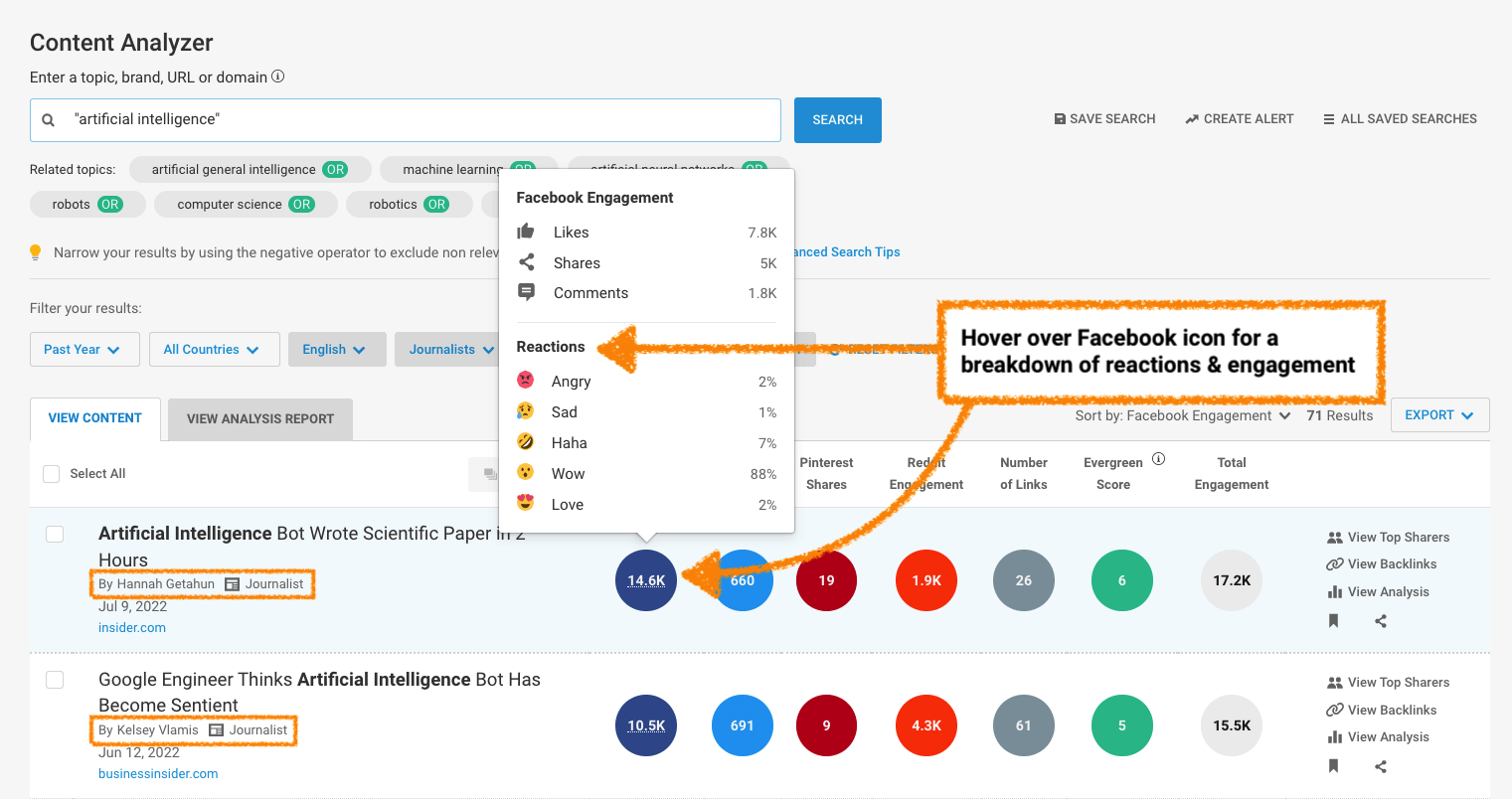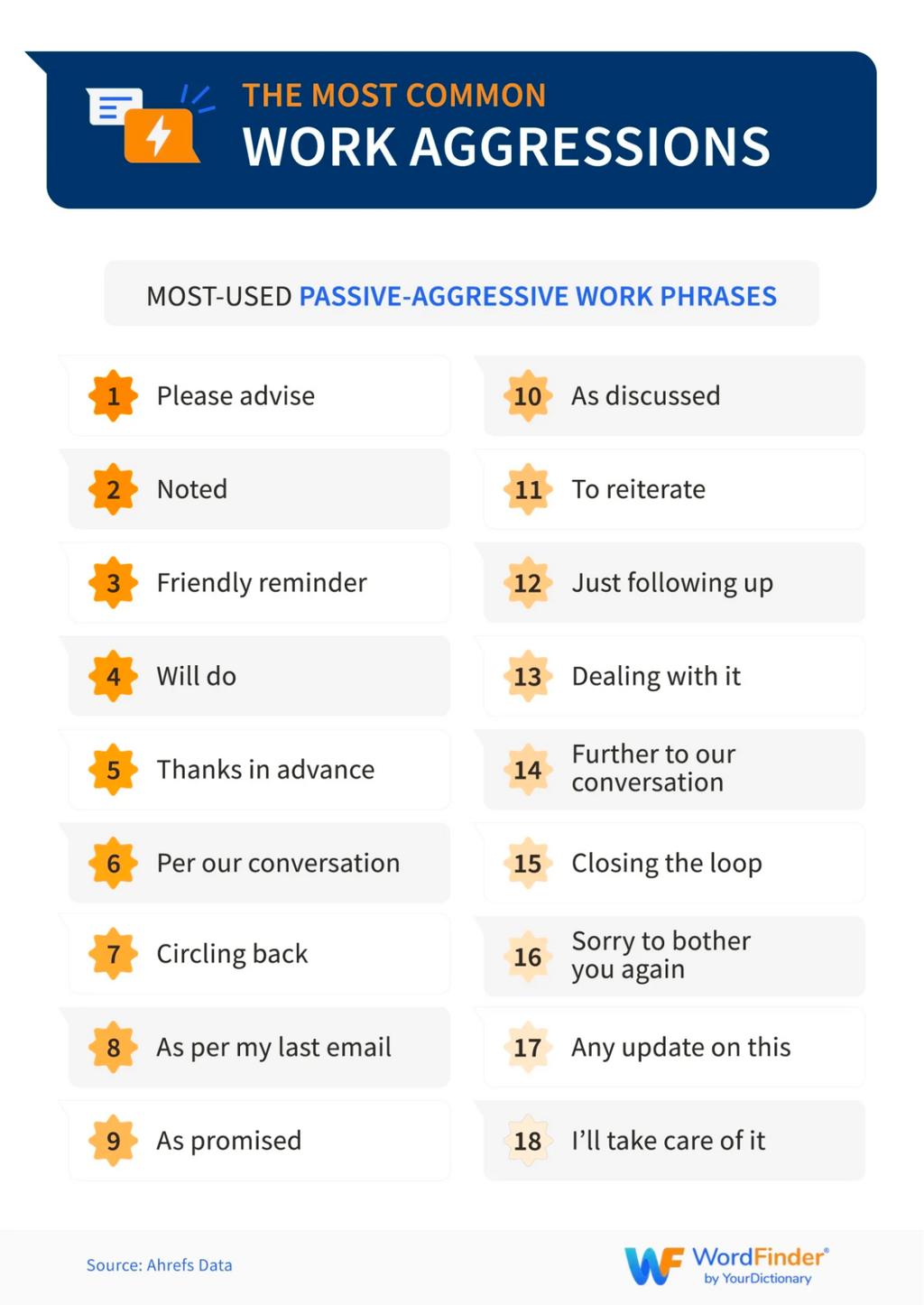Link building is becoming one of the PR industry’s most popular digital marketing strategies, yet journalists are consistently disappointed in the data journalism campaigns they receive.
Aside from being pitched hundreds of ideas daily, what are journalists tired of when it comes to data journalism campaigns?
Aside from poor PR pitching, a lack of top-tier publisher interest could also be due to the content itself.
Here are a few likely reasons why journalists are disappointed with your PR link building campaign:
1. It doesn’t tell a story
Journalists are always after the next big story, which brings us to one of the most consistent mistakes among content campaigns.
Although getting a client included in the right conversation while staying true to their SEO goals is a feat digital marketers are constantly trying to achieve, we see time and time again that data journalism is too on-brand, too self-promotional, or too unrelated to any trending coverage.
Earned media campaigns should feature data or content that offers a new perspective, generates emotion, or adds context to an existing story.
But too often, they harp on the same stories journalists have already heard, or they fail to appeal to their emotions (and those of their readers). At best, this bores journalists; at worst, it can come off as spam.
When creating and pitching content, ensure your campaign and pitches are cohesive, telling a clear message that appeals to the journalist’s emotions.
Pro Tip
Find out which kinds of emotions you should be pitching journalists
Analyzing the kinds of emotions journalists are most receptive to, and the angles they're most likely to cover, is an important step to incorporate in your journalist pitching research.
A quick way to do this in BuzzSumo would be to search your topic in the Content Analysis Report tab and scroll down to the Facebook Reactions chart.
Journalists writing about AI, for example, tend to want to wow their audience.

You can use this knowledge to your advantage in your pitch. Then all you need to do is head back to the Content Analyzer, and filter headlines by "Wow" reactions...

Which will help you find journalists the right journalists to pitch to.

BuzzSumo did a major study on the practice of pitching, which has some great insights into what journalists want from a pitch: 600K Journalists Analyzed: Everything You Need To Know About Journalists & Pitching
If your campaign doesn’t have a clear stance that’s reinforced by your findings, the appeal gets lost, and it won’t get coverage.
For example, WordFinder by YourDictionary produced this data journalism campaign about slang terms used in each U.S. state.
It tells a story using relatable takeaways, such as verbal microaggressions in the workplace — something most of us have experience with.
That topic is also consistently syndicated in top-tier publications like Inc, Fast Company, and CNBC; because in today’s digital work landscape, learning what to say and what not to say in those situations is useful to their readers.
Since that’s one of the stories told by this campaign’s findings, it appealed to journalists, which is why it got coverage in all the business publications listed above.
2. It’s not newsworthy
When creating a link building campaign, one of the most important questions is, “Is this newsworthy?” Journalists often see campaigns that have no tie to the current season, news cycle, or even their beat.
Yours will stand out if you ensure it has a connection to the current news cycle — one of the key components required for appealing to journalists and securing coverage.
Relevance is key, so link building campaigns need to center around a topic that will remain relevant once it’s complete.
This can mean the difference between loads of coverage or loads of declines from publishers.
For example, in 2018, Fractl analyzed over 300 responses from journalists and found that pitches considered “not newsworthy” achieved the least positive sentiment:
Here’s another example: Beyond Identity created this data journalism campaign which ties in a newsworthy call to action, while staying on brand.
It pitted the two biggest smartphone brands (Apple and Android) against each other and found a winner based on consumer sentiment regarding cybersecurity.
During the campaign’s production, Apple was announcing new products, so the creators worked those into the content as well.
Not only did this land syndicated coverage on top-tier sites like Tech.co and 9to5 Mac, but it also went viral across hundreds of relevant tech sites. See below for a sample:
3. Holes in data and methodology
Even if you follow the trending news stories and appeal to publishers with your campaign’s topic, you can lose them if there are problems with your data or methodology.
Instances of this might include:
- Old data
- Too small of a sample size
- Contradictory findings
- Statistical percentages not totaling 100%
- Generational breakdowns that don’t make sense
Publishers look to digital PR professionals for content that will add context to their stories, but the sources need to be credible.
That’s where data and methodology come in.
These aspects are the backbone of your campaign’s credibility as a source.
When developing link building campaigns, cross-check them with others that journalists have covered.
What was the sample size?
Was the data cohesive, and did the findings make sense together?
If your sample size is too small to provide enough context, or your data is out-of-date, your credibility is lost, and your campaign isn’t likely to get covered by any top-tier publications.
Put the story first
Although there are many methods for developing groundbreaking ideas for clients in the SEO space, link building is one that has grown immensely in the last five years.
It’s currently up 42% in the U.S. based on the last 12 months:
But while link building is an incredible digital PR strategy, it fails when digital marketers don’t separate their campaigns from those that journalists complain about.
To secure coverage, put yourself in their position; What do they want to write about, and how do they cover their news stories?
Rather than focusing on what your client wants to say and promoting their brand, put the journalist’s story first.
If you're interested in test-driving BuzzSumo, to inform your PR campaign ideation, content syndication, and journalist pitching, try the free 30-day trial now. We've also partnered with Cision to bring you an industry leading media database, which you can explore here.
Categories
Digital PRCategories
Digital PRThe Monthly Buzz⚡
Subscribe to BuzzSumo's monthly newsletter to:
Stay up-to-date with the best of the best in content marketing 📝
Get data-informed content, tips and tidbits insights first 👩🏻💻
Read top shared content by top marketing geeks 🤓
Try
Enter any topic, term or url to search to see BuzzSumo in action. It’s free!
100% free. No credit card required.




